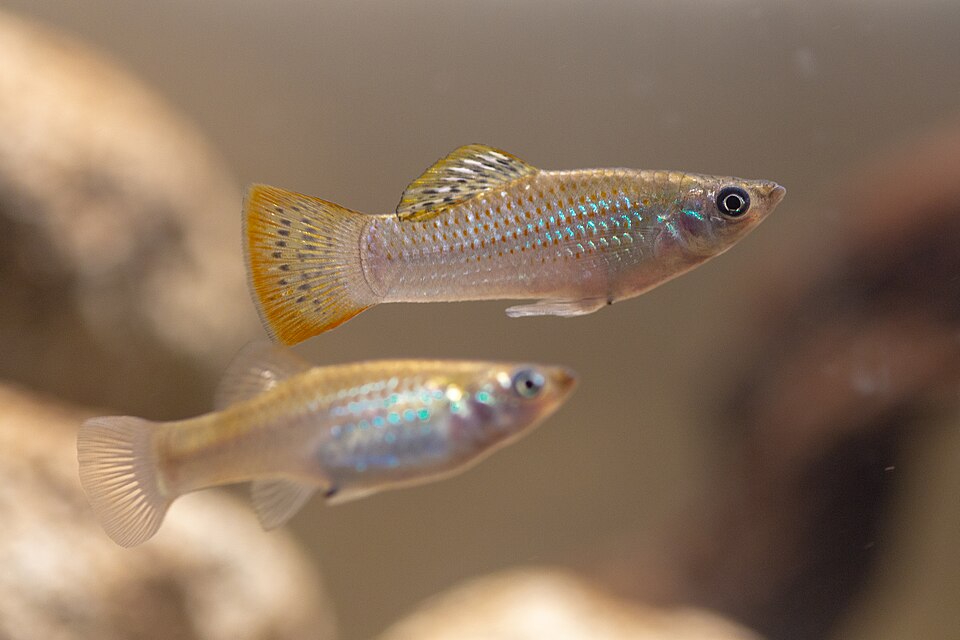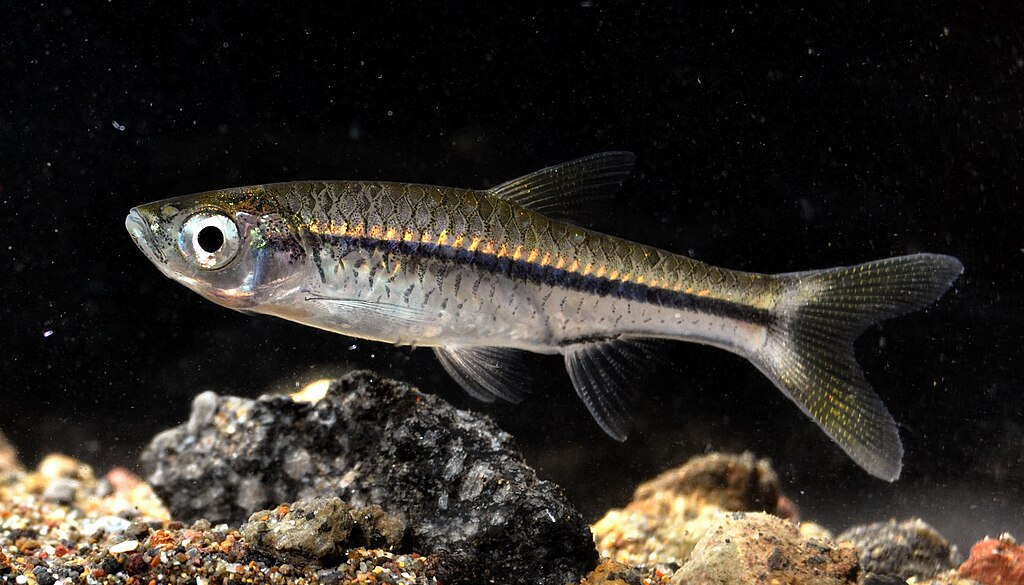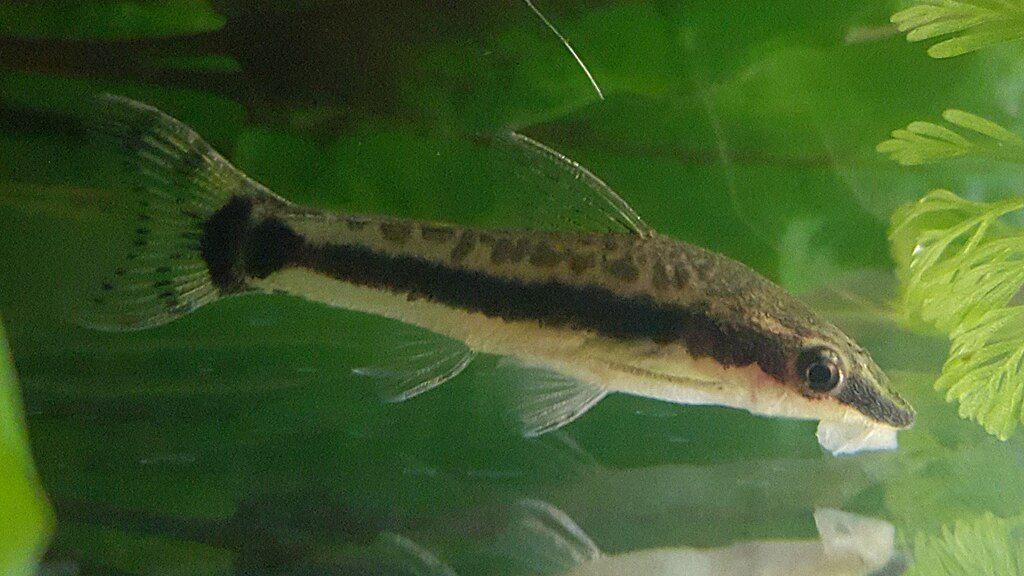Hi there, pet lovers! 🐢
Box turtles are among the most fascinating and unique reptiles kept as pets. With their distinctive domed shells, terrestrial lifestyle, and surprisingly long lifespans, they captivate reptile enthusiasts and casual pet owners alike. However, they are often misunderstood—many assume they are tortoises due to their land-dwelling nature, but they are actually part of the Emydidae family, closely related to pond turtles and terrapins.
Native to North America, box turtles are known for their hinged plastron, which allows them to completely close their shells for protection. They are hardy, long-lived (often 30-50 years), and have individual personalities that make them rewarding pets for the right keeper.
But are they the right pet for you? This detailed review covers everything from their temperament and care needs to availability and cost, helping you make an informed decision.

Overview
Box turtles (Terrapene spp.) are small to medium-sized terrestrial turtles known for their box-like shell closure, diverse species, and adaptability. Here’s a quick summary of what makes them unique:
- Handling and Temperament: Generally docile but not particularly interactive.
- Care and Maintenance: Moderate maintenance with specific habitat needs.
- Health and Durability: Very hardy but sensitive to poor husbandry.
- Availability: Wild-caught individuals are common, but captive-bred options exist.
- Cost: Moderate initial cost, with long-term enclosure investments.
- Overall: A great choice for dedicated keepers who appreciate low-energy, long-lived reptiles.
Why Choose a Box Turtle?
Box turtles are ideal for those who want a low-energy, long-term pet that doesn’t require constant interaction. Unlike more active reptiles, they thrive in a stable environment with proper humidity, temperature, and diet. Their long lifespan (often exceeding 30 years) makes them a lifelong commitment, so they’re best suited for keepers who plan for the long haul.
They are also excellent for outdoor enclosures in suitable climates, allowing them to exhibit natural behaviors like burrowing and foraging.

Handling and Temperament
Box turtles are not the most interactive pets, but they are among the easiest turtles to handle. They rarely bite, and their short necks make them less likely to snap compared to aquatic turtles. However, they are still wild at heart—most tolerate handling rather than enjoy it.
Personality Variations
- Some individuals are curious and exploratory, while others are shy and reclusive.
- Wild-caught turtles may take longer to acclimate to human presence.
- Captive-bred turtles are often more relaxed around people.
Handling Tips
- Support their entire body when lifting—never pick them up by the sides of their shell.
- Avoid excessive handling, as stress can lead to health issues.
- Watch for signs of discomfort, such as hissing or tightly closing their shell.
Biting and Defensive Behaviors
- Bites are extremely rare and usually happen only if the turtle feels threatened.
- Their primary defense is retreating into their shell, thanks to their hinged plastron.
- Some may release a foul-smelling musk when stressed.

Care and Maintenance
Box turtles require a properly set up habitat to thrive. Unlike aquatic turtles, they need a terrestrial or semi-terrestrial enclosure with controlled humidity, temperature, and hiding spots.
Enclosure Setup
- Size: Minimum 4’ x 2’ for one adult, larger for multiples.
- Substrate: A mix of coconut coir, cypress mulch, and topsoil for burrowing.
- Hiding Spots: Logs, half-buried plant pots, and leaf litter for security.
- Water Dish: Large enough for soaking but shallow for easy exit.
Humidity and Temperature
- Humidity: 60-80% for most species, with a moist retreat area.
- Temperature: 75-85°F (24-29°C) basking spot, with cooler areas.
- Night Drops: Can go down to 65-70°F (18-21°C).
Feeding
Box turtles are omnivores, requiring a mix of:
- Protein: Earthworms, slugs, crickets, and cooked eggs.
- Vegetables: Dark leafy greens, squash, and carrots.
- Fruits: Berries, melons, and apples (in moderation).
- Commercial Diets: Occasionally supplemented with Mazuri or Zoo Med pellets.
Lighting
- UVB lighting is essential for calcium metabolism.
- A basking lamp (90-95°F) helps with digestion.

Health and Durability
Box turtles are extremely hardy when kept in proper conditions but can suffer from:
- Respiratory infections (due to incorrect humidity/temperature).
- Shell rot (from dirty or overly wet substrates).
- Parasites (common in wild-caught individuals).
Preventative Care
- Annual vet check-ups for fecal exams.
- Clean water and substrate to prevent bacterial growth.
- Proper diet to avoid metabolic bone disease.
With good care, box turtles can live several decades, making them a long-term commitment.
Availability and Cost
Where to Buy
- Breeders: The best option for healthy, captive-bred turtles.
- Reptile Expos: Often have multiple species and morphs.
- Wild-Caught: Not recommended due to ethical and health concerns.
Cost Breakdown
- Turtle Price: $100 to $300 for captive-bred, more for rare morphs.
- Enclosure Setup: $200 to $500 (varies by size and materials).
- Ongoing Costs: Food, substrate, and UVB bulb replacements.

Pros and Cons
Pros
✔ Long lifespan (30+ years with proper care).
✔ Hardy and adaptable once acclimated.
✔ Unique appearance with hinged shell.
✔ Can thrive in outdoor enclosures (in suitable climates).
Cons
✖ Not very interactive or “playful.”
✖ Require a large, well-maintained enclosure.
✖ Wild-caught individuals may have health issues.
✖ Long-term commitment (outliving many other pets).

Final Thoughts
Box turtles are wonderful pets for the right keeper—someone who appreciates their quiet, low-energy nature and is prepared for a multi-decade commitment. They are not the most exciting pets to handle, but their unique behaviors and longevity make them rewarding for dedicated reptile enthusiasts.
If you’re considering a box turtle, we strongly recommend seeking a captive-bred individual from a reputable breeder. Proper setup, diet, and husbandry will ensure your turtle thrives for years to come.
Have experience with box turtles? Share your tips and stories in the comments! For more reptile care guides, stay tuned to our blog. 🐢








Leave a Reply